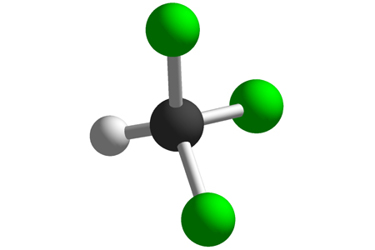Minimizing Disinfection Byproducts By Targeting Natural Organic Matter Precursors
Source: Calgon Carbon Corporation

The most common and effective long-term approaches for drinking water utilities managing disinfection byproducts (DBPs) focus on limiting formation within a treatment step or distribution system rather than altering disinfection processes. DBPs are formed when total organic carbon (TOC) reacts with disinfectants to form unintended byproducts. Here’s why water treatment plants (WTPs) need to lean less on the disinfection process strategies (i.e., chloramination) and instead focus on more comprehensive DBP solutions such as removing TOC.
access the Article!
Log In
Get unlimited access to:
Trend and Thought Leadership Articles

Case Studies & White Papers

Extensive Product Database

Members-Only Premium Content

Welcome Back! Please Log In to Continue.
X
Enter your credentials below to log in. Not yet a member of Water Online? Subscribe today.
Subscribe to Water Online
X
Subscribe to Water Online
Calgon Carbon Corporation
This website uses cookies to ensure you get the best experience on our website. Learn more
